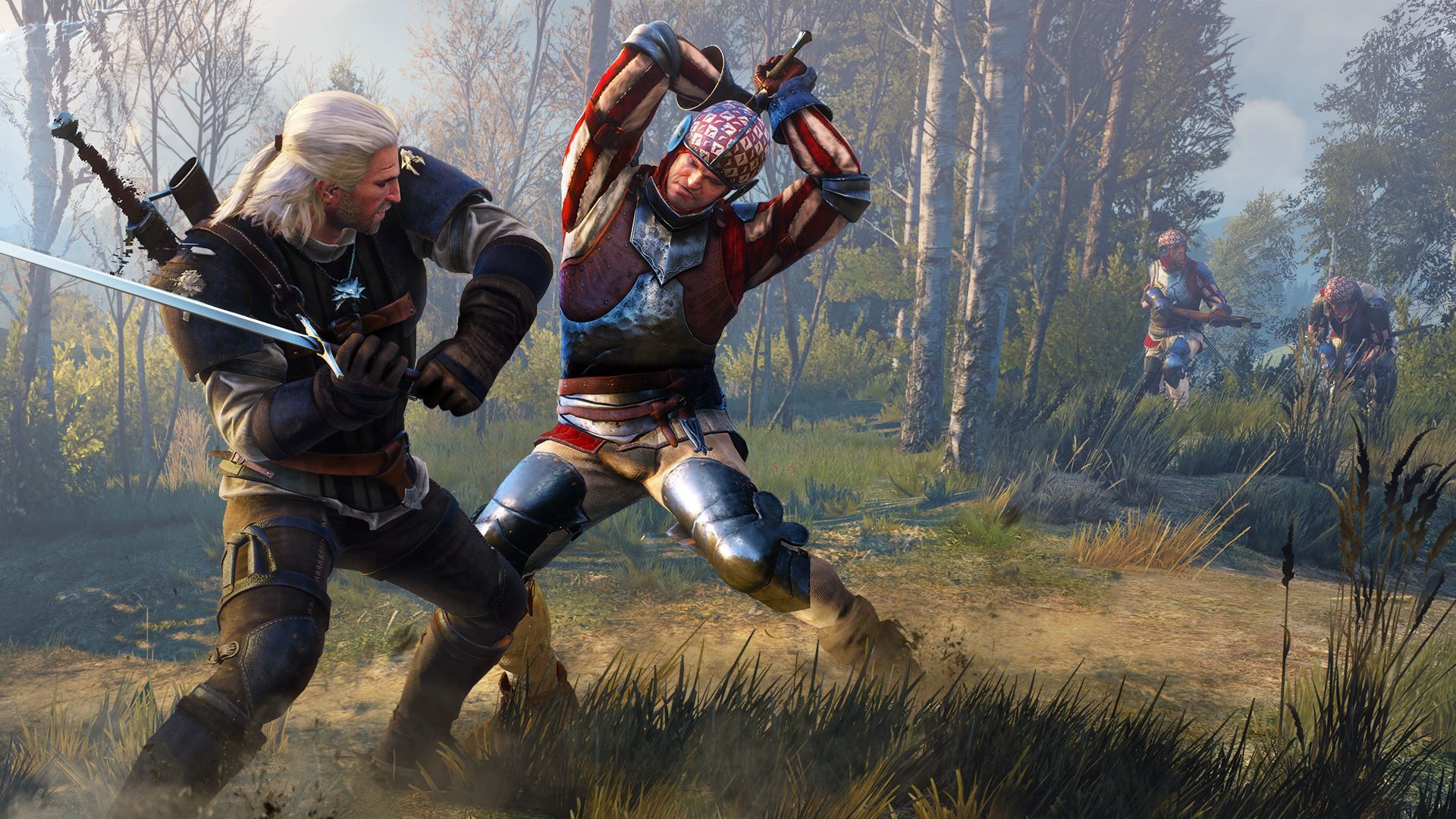2015's The Witcher 3: Wild Hunt is by and large considered one of the greatest games of this generation. Therefore, it should come as no surprise that a lot of work went into the game, including its animations.
At a GDC talk on Monday, CD Projekt animation director Sebastian Kalemba revealed that the animation team created 16,000 unique animations assets for The Witcher 3 over an approximate 200 hours of content, a very impressive feat.
Knowing that interesting tidbit, you would assume that for the game's two DLC expansions, Hearts of Stone and Blood & Wine the animation team would have it easy. I mean with over 16,000 unique animation assets, you would think they would have more than enough to go around for the DLC. Further, it's not uncommon for DLC to milk many of the same animation assets out of the base game. However, this wasn't the case, in fact the animation team had even more work in the same timeframe. For the approximated 50 hours of content over both DLC, the team created almost 7,000 new animations.
Kalemba then goes on to talk about the challenges the animation team faced, and how they improved their workflow to make it all work. According to the animation director, having better back-and-forth communication with the story department was crucial, as it helped them focus-on on how characters and monsters should look. He also noted that the team also didn't have a lot of programmer support, as many of them are busy on Cyberpunk 2077.
Spoiler warning about some characters and bosses from the two expansions.
Kalemba also gave a behind-the-scenes look at some major characters found in both DLC, and how they evolved throughout the animation process. For example, the animation director talked about the challenges of animating Olgierd von Everc, a major character in Hearts of Stone. Kalemba noted that Geralt usually fights monsters, but Olgierd was not a monster, but an immortal man, and how do you make an immortal man interesting to fight?
What was decided was to make Olgierd's immortality show in his animation. For example, he's cocky, always standing wide open just waiting for you to lash out at him. He was also given an aggressive, borderline reckless, fighting style, which was modeled after a 17th century Polish fencing style called cross sabre.
Kalemba also talked about the nightmare of animating Dettlaff, a major player in the Blood & Wine expansion. According to animation director, Kalemba took a group of animators six months, double the time spent on most boss fights. However, six months wasn't even enough, with Kalemba pointing out that nine would have been ideal.
At first Dettlaff looked more or less humanoid with nasty claws. But this wasn't enough, as Detlaff was an old, high vampire, and the final boss ever for the game, meaning the team had to go above and beyond to deliver an epic battle. So the team worked with the story team to figure out how Detlaff would change forms, determined how he would spawn his wings, and how he would transition into his monstrous form.
Kalemba continued with talking about how the boss fight ends:
"We were iterating, and talking to story, and they said, 'let's fight with the construct of his blood in an illusion of his heart.' Like, yeah. How to do that?"
If you played this last battle, then you will know the animation team didn't disappoint, aka it's pretty damn spectacular.
You can check out some of the animations mentioned -- as well as others -- via this five minute reel Kalemba himself put together:
[EMBED_VIMEO]https://player.vimeo.com/video/189761264[/EMBED_VIMEO]
Witcher 3 Expansion Packs - Character Animation Reel from Sebastian Kalemba on Vimeo.

